Increased Mobile Device Usage
The proliferation of mobile devices is reshaping the landscape of the pay per-click-ppc-software market. With over 50% of web traffic in the US now originating from mobile devices, advertisers are compelled to optimize their PPC campaigns for mobile platforms. This shift necessitates the development of PPC software that can effectively manage mobile ad placements and enhance user experience. As mobile commerce continues to grow, businesses are likely to invest in PPC solutions that cater specifically to mobile audiences. The increasing reliance on mobile devices for online shopping and information retrieval indicates a substantial opportunity for the pay per-click-ppc-software market to expand its offerings and capabilities, thus driving market growth.
Emergence of Advanced Analytics Tools
The pay per-click-ppc-software market is being propelled by the emergence of advanced analytics tools that provide deeper insights into campaign performance. As businesses seek to refine their marketing strategies, the integration of analytics into PPC software becomes essential. These tools enable advertisers to analyze user behavior, track conversion rates, and optimize ad spend effectively. In the US, the demand for data-driven decision-making is on the rise, with analytics tools expected to play a crucial role in shaping PPC strategies. The ability to leverage data for targeted advertising not only enhances campaign effectiveness but also drives the need for innovative PPC software solutions. Consequently, the proliferation of advanced analytics tools serves as a key driver for the pay per-click-ppc-software market.
Rising Digital Advertising Expenditure
The pay per-click-ppc-software market is experiencing a notable surge in digital advertising expenditure. In the US, businesses are increasingly allocating larger portions of their marketing budgets to online platforms, with digital ad spending projected to reach approximately $200 billion by 2025. This trend is driven by the growing recognition of the effectiveness of PPC campaigns in generating immediate traffic and leads. As companies seek to enhance their online visibility, the demand for sophisticated PPC software solutions is likely to rise. Furthermore, the competitive landscape compels businesses to adopt advanced tools that optimize ad placements and improve return on investment (ROI). Consequently, the increasing digital advertising expenditure serves as a significant driver for the pay per-click-ppc-software market.
Shift Towards Performance-Based Marketing
The pay per-click-ppc-software market is significantly influenced by the shift towards performance-based marketing strategies. Advertisers are increasingly favoring models that allow them to pay only for measurable results, such as clicks or conversions. This paradigm shift is evident in the growing adoption of PPC campaigns, which provide clear metrics for evaluating campaign effectiveness. In the US, performance-based marketing is projected to account for over 60% of total digital ad spending by 2025. This trend encourages the development of more sophisticated PPC software that can track and analyze performance metrics in real-time. As businesses strive to maximize their marketing efficiency, the demand for performance-oriented PPC solutions is expected to escalate, thereby driving growth in the pay per-click-ppc-software market.
Growing Importance of Localized Advertising
the pay-per-click software market is influenced by the importance of localized advertising.. As consumers become more inclined to seek products and services in their immediate vicinity, businesses are recognizing the need to tailor their PPC campaigns to local audiences. This trend is particularly evident in the US, where local search queries have surged, prompting advertisers to invest in localized PPC strategies. The demand for software that can effectively manage geo-targeting and local ad placements is likely to rise. By focusing on localized advertising, businesses can enhance their visibility within specific markets, thereby driving growth in the pay per-click-ppc-software market. This emphasis on local relevance is expected to shape the future of PPC advertising.
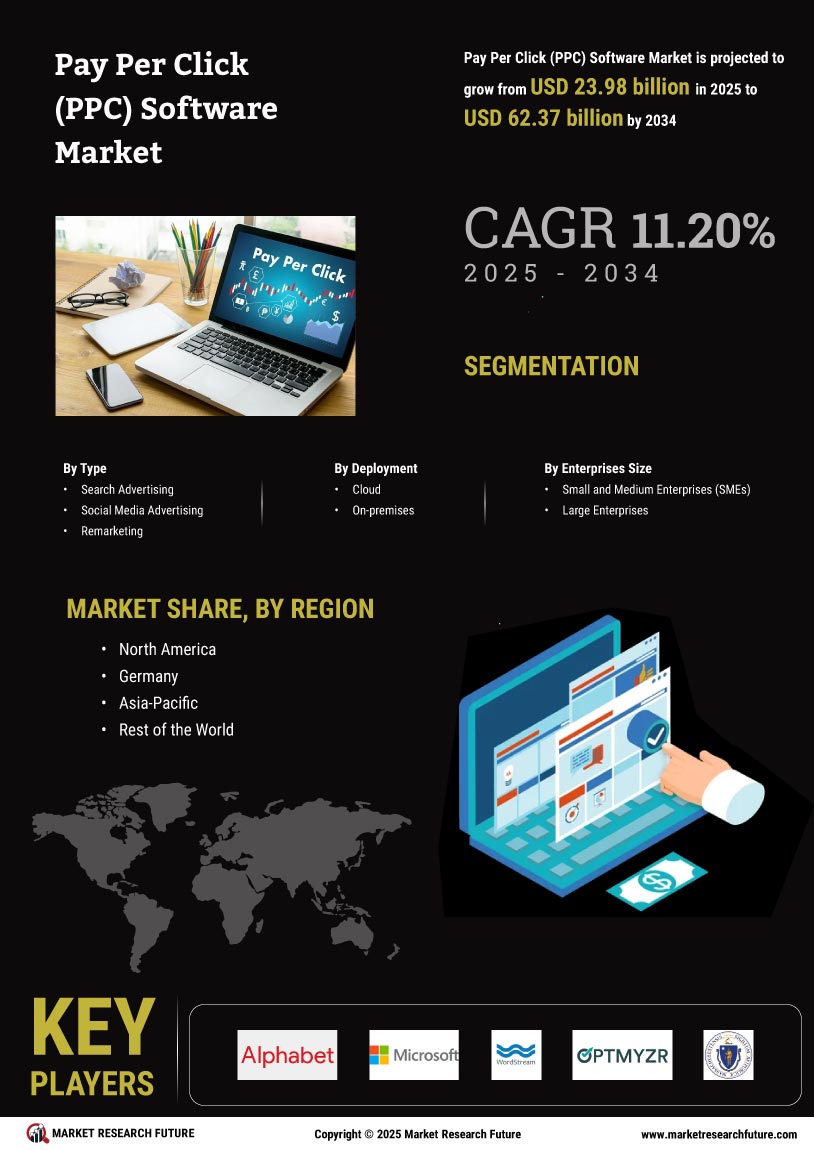

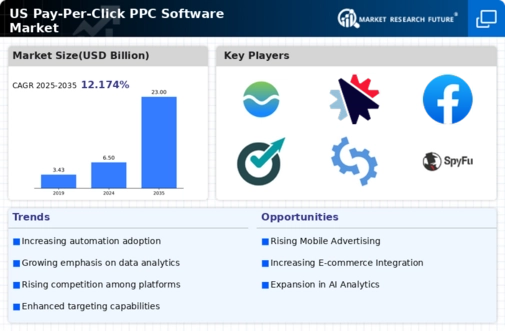

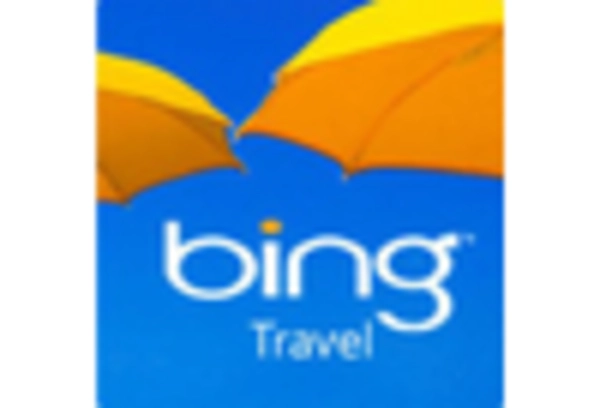
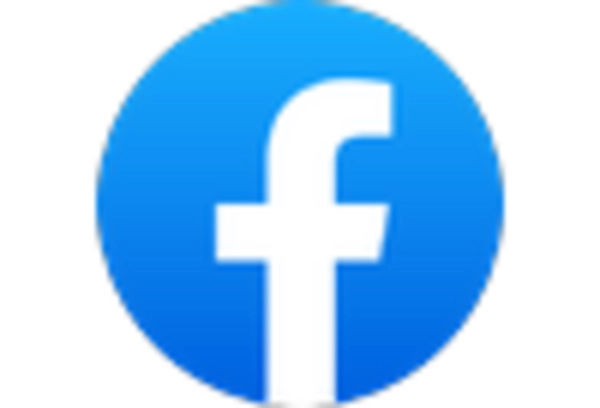


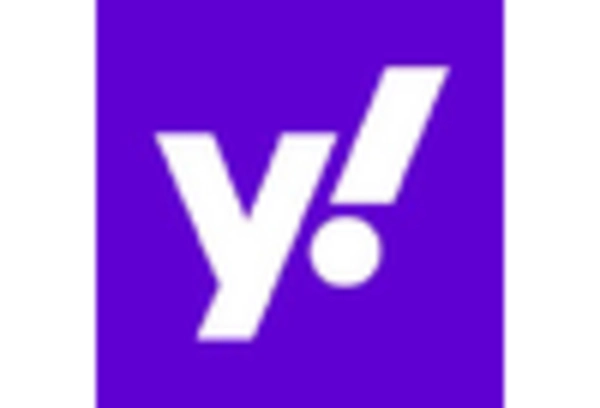








Leave a Comment